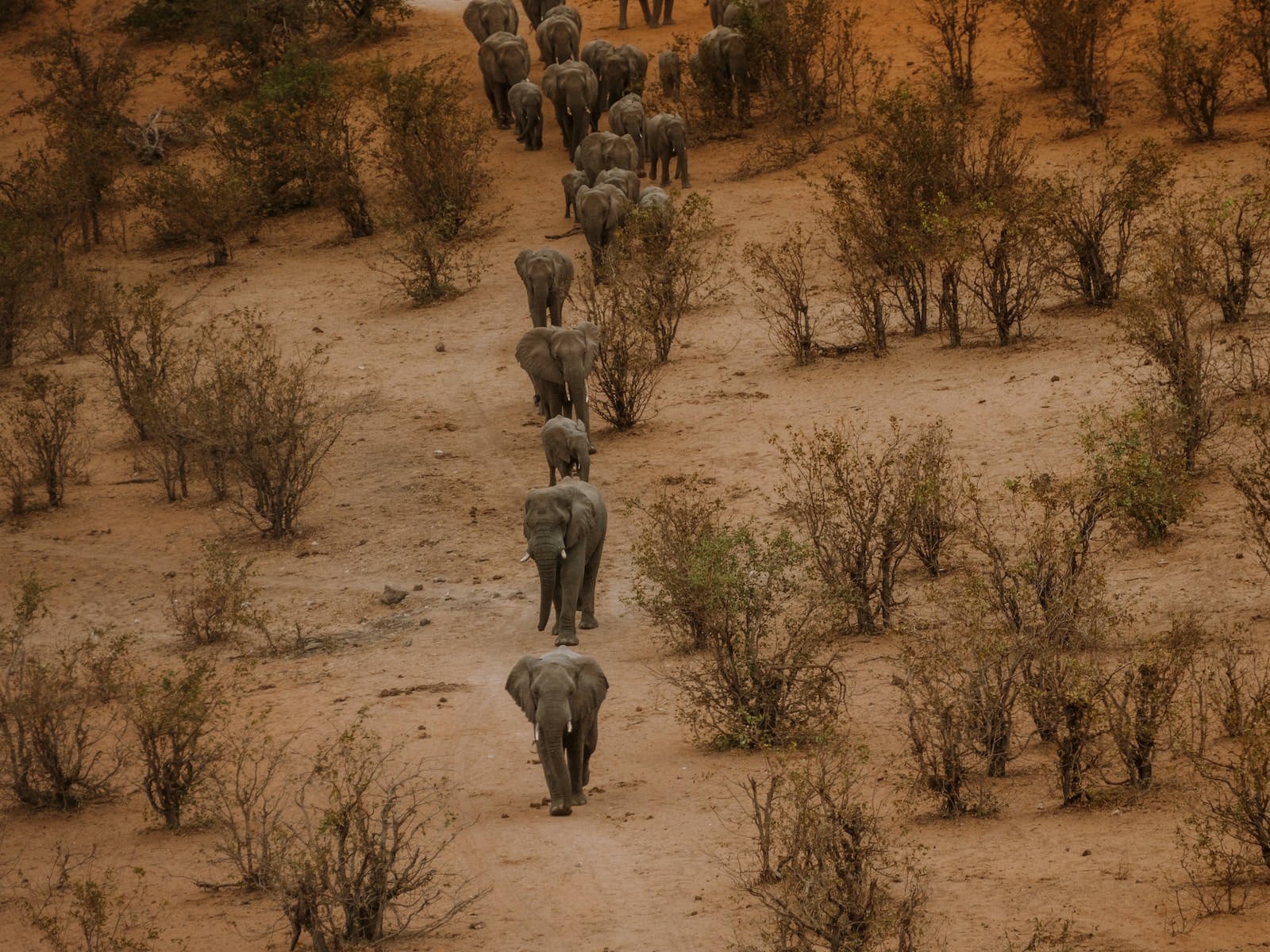- The tropical savanna is a grassland biome located in regions near the equator, typically between 10 and 20 degrees north and south latitude.
- This biome is characterized by a distinct dry and wet season, and often experiences periodic wildfires.
- It is also known as the tropical grasslands biome, and is home to a diverse array of plant and animal species.

Climate:

- The tropical savanna has a warm and humid climate, with average temperatures between 20-30°C throughout the year.
- Precipitation is highly seasonal, with a long dry season followed by a shorter wet season. Average annual rainfall ranges from 50-150 cm (20-60 inches).
- Humidity is generally lower in the savanna than in the adjacent rainforest biome.
- Sure, here are some notes on the climate of the savanna biome:
- The savanna climate is characterized by a tropical wet-dry climate.
- The temperature is generally warm to hot all year round, with an average temperature of around 25°C.
- The savanna receives a distinct wet and dry season with rainfall concentrated in the wet season.
- The amount of rainfall in the savanna varies depending on the region but is generally between 500-1500mm per year.
- The dry season is usually long and hot, with little to no rainfall.
- The wet season is shorter but can bring intense rain and thunderstorms.
- The humidity is generally high, especially during the wet season.
- The savanna is also characterized by periodic droughts that can last for months or even years.
Vegetation:
- The vegetation in the tropical savanna is dominated by grasses and scattered trees, such as acacias and baobabs.
- Fire plays a critical role in maintaining the savanna ecosystem, as it prevents the encroachment of trees and shrubs and stimulates new growth of grasses.
- Some areas of the savanna may also have wetlands, rivers, or forests along their edges.
Wildlife:
- The tropical savanna is home to a diverse array of wildlife, including large herbivores such as elephants, giraffes, and zebras.
- Predators such as lions, cheetahs, and hyenas also inhabit the savanna and rely on the abundant prey populations for survival.
- Birds, reptiles, and insects are also common in the savanna biome, with some species exhibiting adaptations to the seasonal changes in temperature and rainfall.
Adaptations by animals and vegetation
Adaptations of Vegetation:
- Many of the plants in the tropical savanna are adapted to survive in the harsh, dry conditions of the dry season. They typically have deep roots that can reach water deep in the ground, or have adapted to store water in their leaves or stems.
- Some of the most common plants in the savanna biome are grasses, which have adapted to survive in the dry conditions by growing quickly during the wet season and then dying back during the dry season. They also have extensive root systems that can help them survive in the dry soil.
- Trees in the savanna biome also have adaptations to help them survive the dry season. Some have thick bark that helps protect them from wildfires that are common during the dry season. Others have leaves that fall off during the dry season, helping to conserve water.
Adaptations of Animals:
- The animals in the savanna biome have also adapted to survive in the dry season. Many migrate to areas with more water, while others have developed ways to conserve water in their bodies.
- Some animals, such as zebras and giraffes, are able to eat tough grasses and other vegetation that is not suitable for other herbivores. They have also developed long legs to help them reach high branches on trees.
- Predators in the savanna, such as lions and cheetahs, have adapted to the open landscape by developing keen eyesight and the ability to run quickly over long distances to catch their prey.
Other biomes found in the tropical continental climate:
- Other biomes found in the tropical continental climate include the tropical seasonal forest/savanna, which is characterized by a mix of trees and grasses and experiences a longer wet season than the tropical savanna.
- The desert biome may also be present in some areas with lower precipitation levels, and may include species adapted to the extreme aridity and high temperatures.




